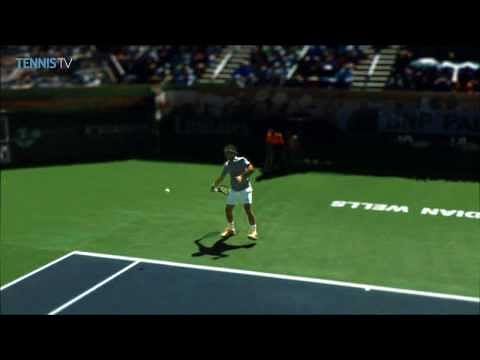
FreeD technology brings a fresh perspective to replays
Have you ever wondered what goes into hitting that perfect shot in tennis or scoring a home run or even passing a ball to a teammate in basketball? Well, FreeD technology makes it simpler for audiences to grasp that little moment of magic on the field as it is captured and played out in various angles at a very slow pace.
But, how does it work?
Until recently, video, film and other media consisted of cameras capturing two-dimensional image data. These images are then processed by either post-production facilities or consumer applications and are transmitted digitally.
FreeD works by capturing true three-dimensional scene, which comprises three-dimensional pixels to represent fine details of the scene.
The data is then saved and can be tapped to render any desired viewing angle. It opens up a plethora of possibilities, which was not possible with a physical camera with a particular lens positioned at a place.
freeD™ allows producers and directors to create “impossible” camera views of a given moment in time as seen in the above video.
About The Cameras
The cameras use cutting-edge technology with Teledyne Dalsa Falcon 2 cameras.
Cameras come with a full resolution of 12 Mega Pixels (MP). 12 MP is then cropped down to 9.3 MP which is the equivalent of 4K Technology. All cameras are synced and are shooting the exact same play at the same time. The data from the cameras flows down via fiber extenders (made by Thinklogical) to a distance of up to 10 Km.